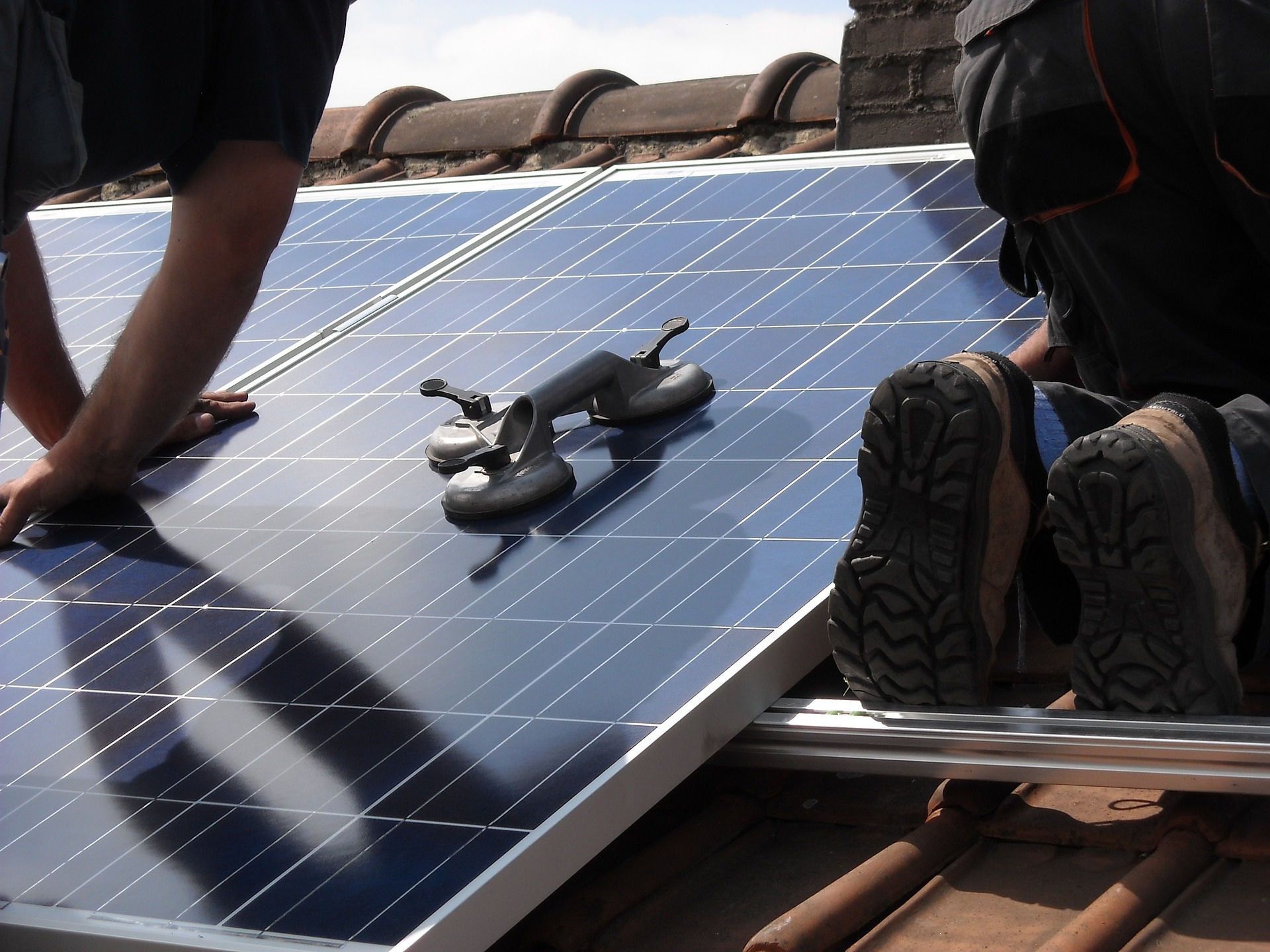
MIT researchers have unveiled a novel approach to strengthen the resilience of local power grids by tapping into everyday smart home technologies. Published in the Proceedings of the National Academy of Sciences, the study proposes a decentralized “local electricity market” that enables residential grid-edge devices—like rooftop solar panels, EV chargers, batteries, and smart thermostats—to stabilize the power grid during emergencies such as cyberattacks or natural disasters.
These grid-edge devices, located close to consumers rather than centralized power infrastructure, can generate, store, or manage power consumption. The MIT team developed an algorithm that can, in crisis scenarios, identify a trusted subset of these devices and instruct them to either supply power to the grid or reduce consumption. This response could help restore service or relieve pressure on a compromised grid.
Under this system, device owners would subscribe to a regional market and lend their devices as part of a flexible, microgrid-like network. In exchange, they could receive compensation based on their contributions. Through simulations involving different failure scenarios, the study demonstrated that this distributed system could successfully neutralize disruptions across various parts of the grid.
Co-authored by Vineet Nair, John Williams, and Anu Annaswamy from MIT’s Department of Mechanical Engineering, along with researchers from the Indian Institute of Technology and the National Renewable Energy Laboratory, the study illustrates how coordinated adaptation of everyday devices could revolutionize grid resilience. As Annaswamy notes, “If we can harness our smart dishwashers, rooftop panels, and EVs… we can really have a resilient grid.”
Related
Source link



